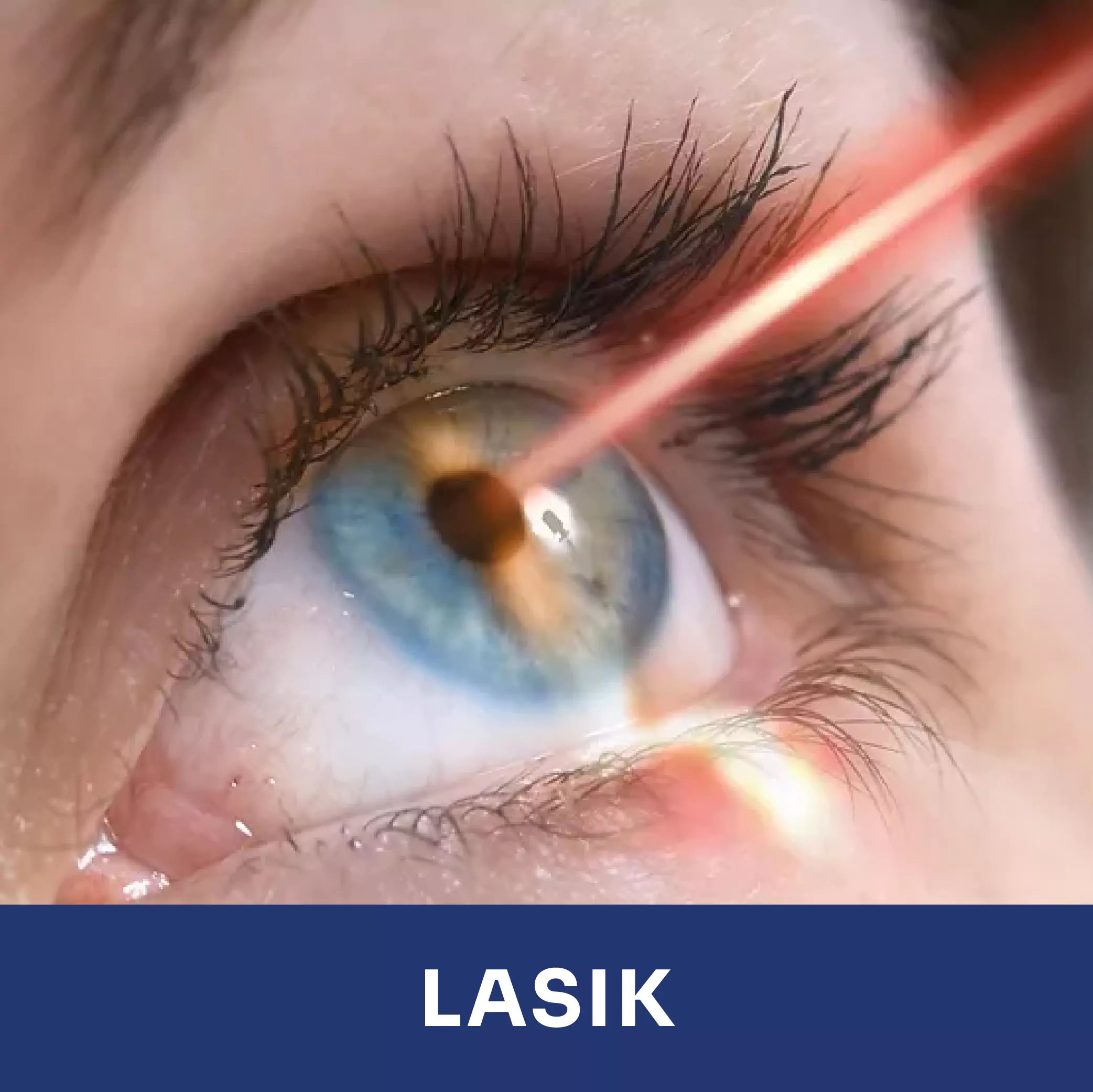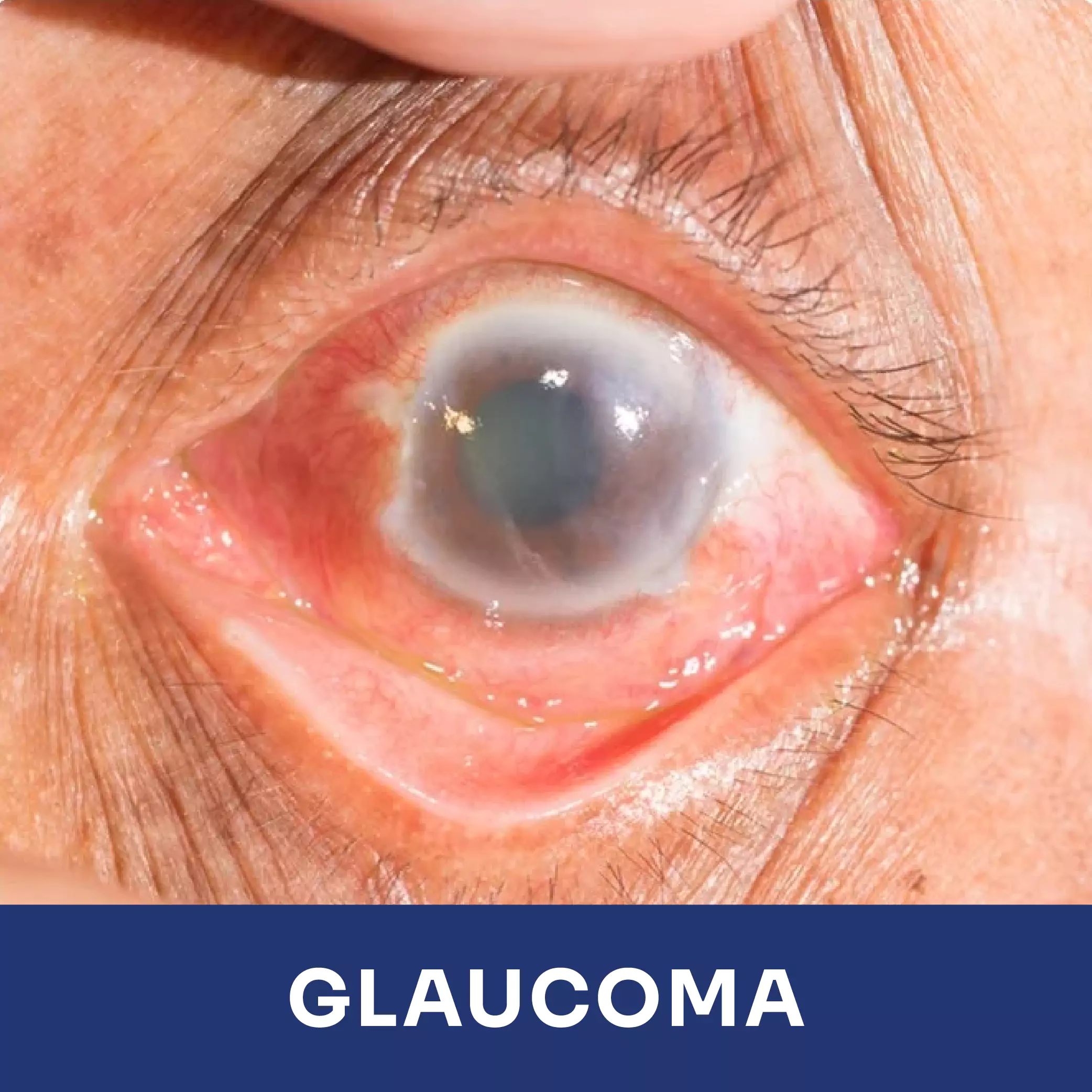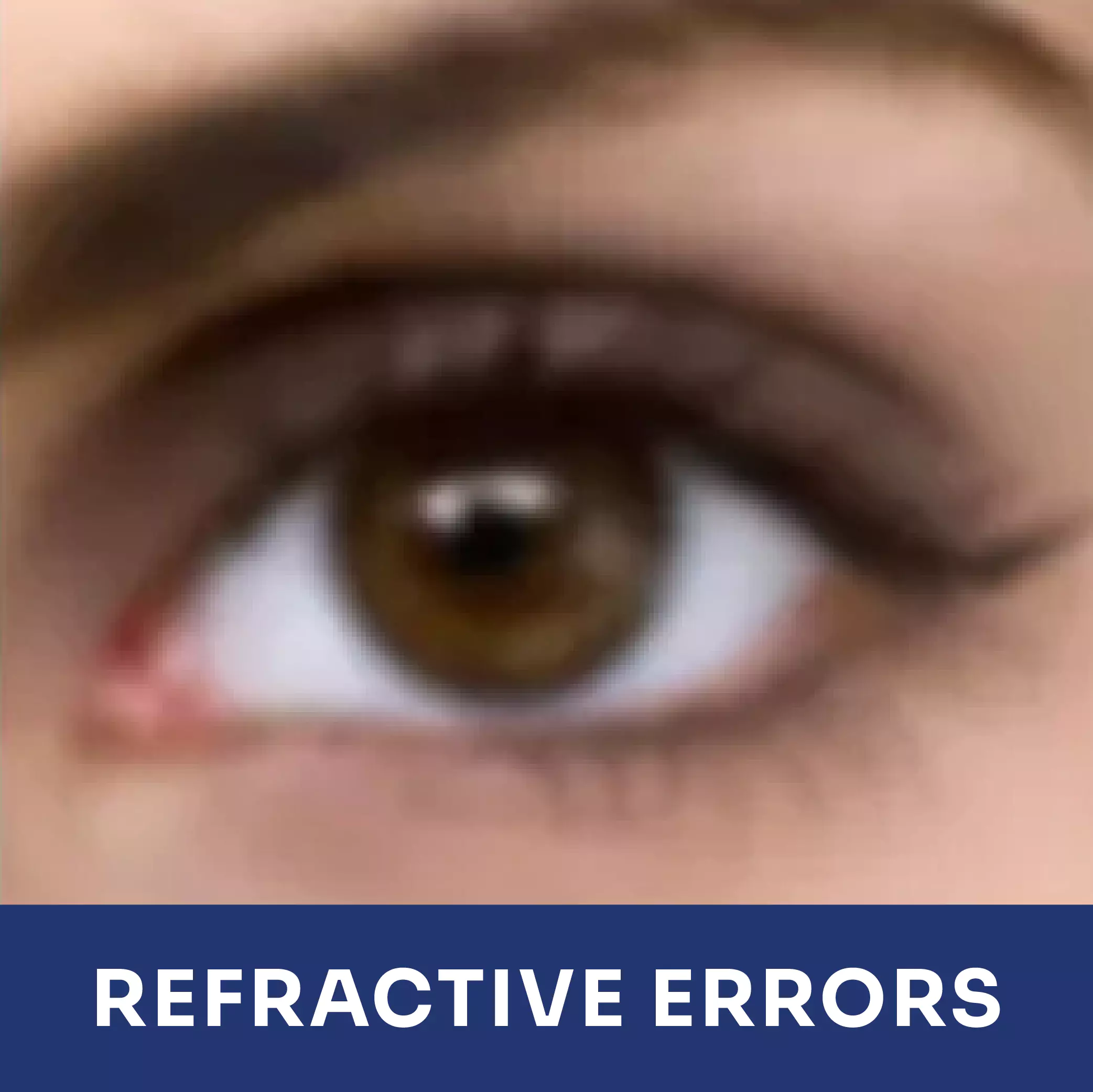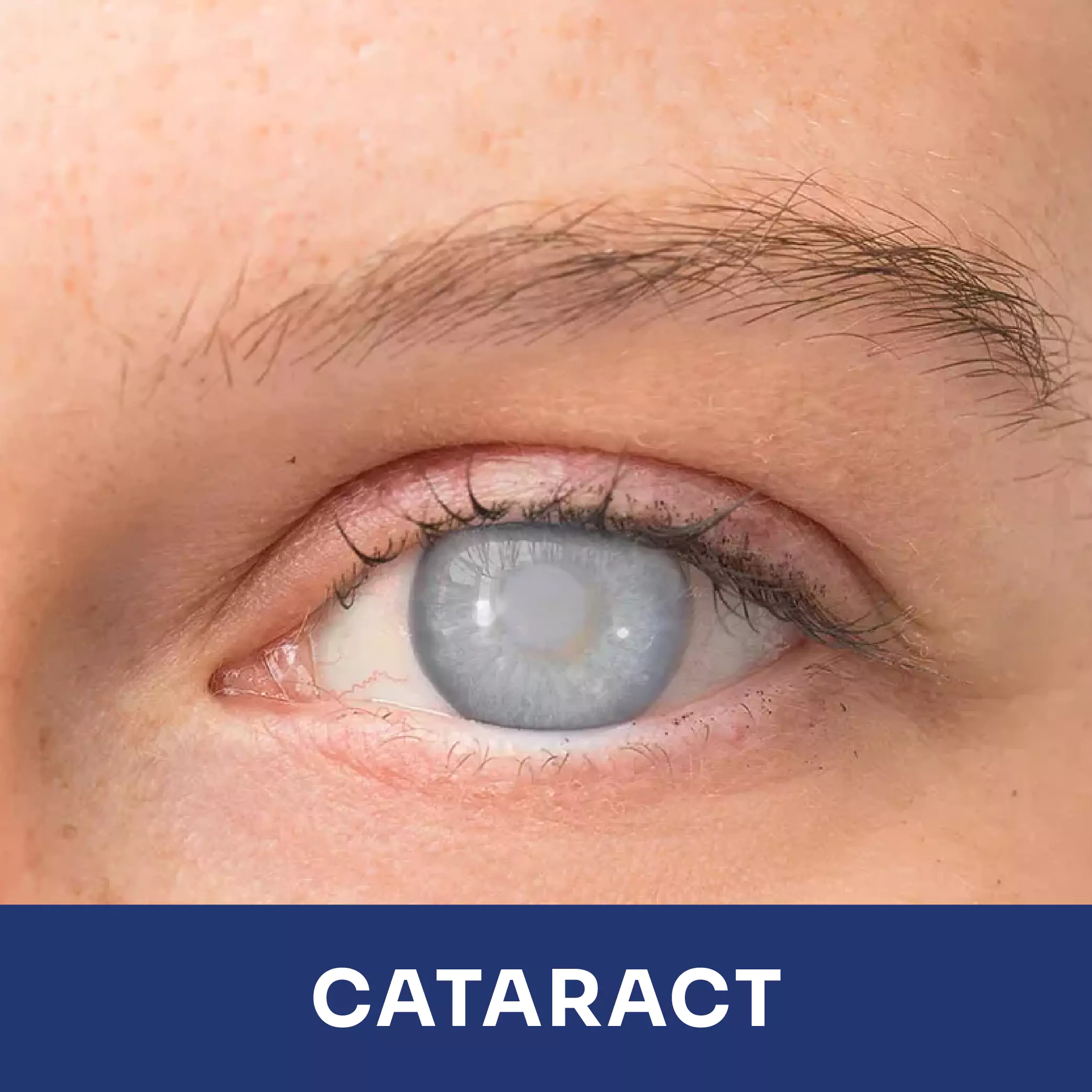
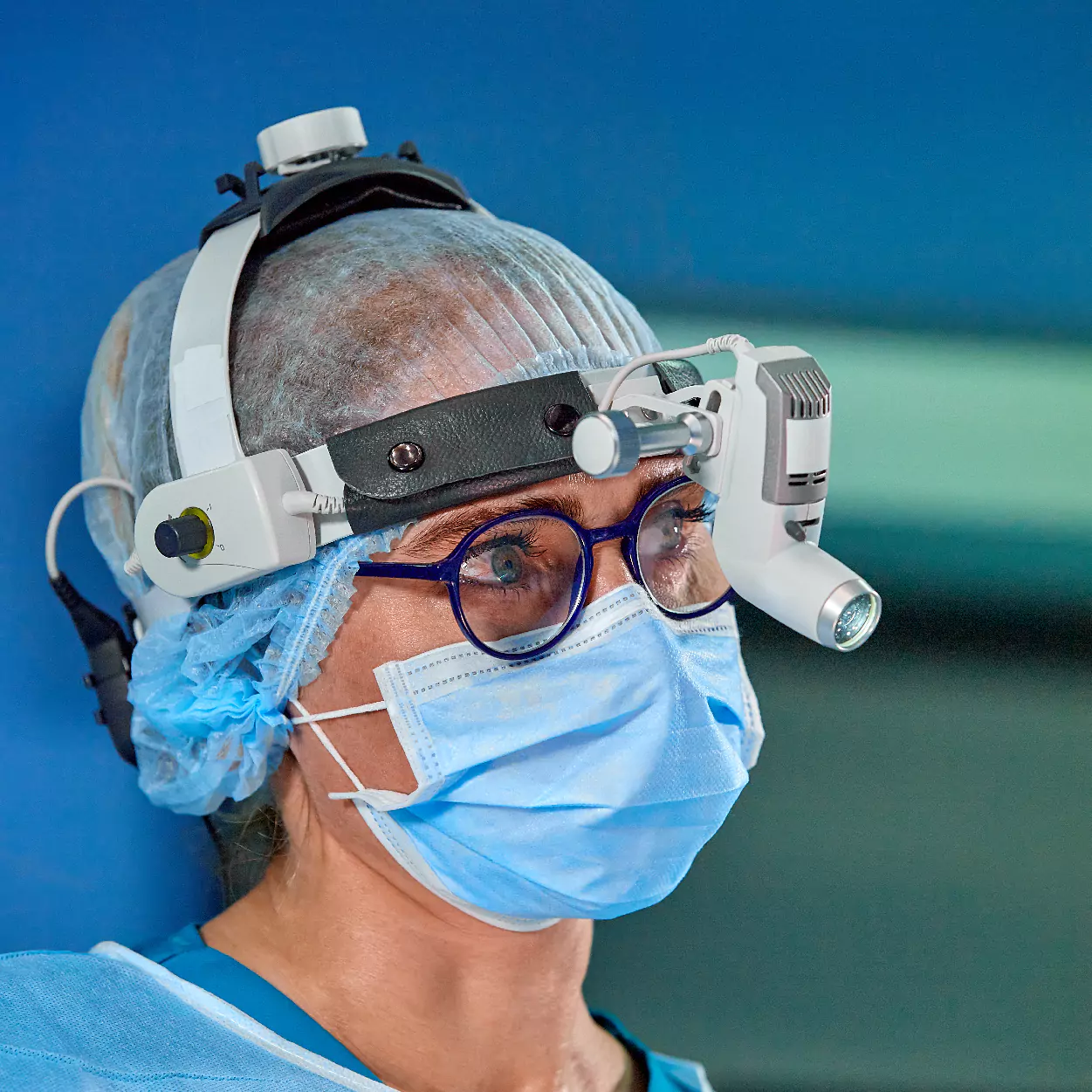
What is Squint Eye (Strabismus)?
Squint eye, or strabismus, is a condition where the eyes do not align properly. One eye may turn in, out, up, or down while the other eye looks straight ahead. It can affect vision and depth perception.
Symptoms
Squint Eye can affect both children and adults. Here are some common symptoms:
- Misaligned Eyes: One eye looking straight ahead while the other turns.
- Double Vision: Seeing two images of a single object.
- Eye Strain: Discomfort or fatigue from trying to align the eyes.
- Head Tilting: Compensating for misalignment by tilting the head.
- Poor Depth Perception: Difficulty judging distances and spatial relationships.
- Frequent Squinting or Closing One Eye: Especially in bright light or when focusing.
Causes
Squint eye can be caused by various factors, including muscle control issues and medical conditions. Common causes include:
- Genetics: Family history of refractive errors.
- Aging: Natural changes in the eye’s lens and shape over time.
- Eye Shape: Irregular shape of the eyeball, cornea, or lens.
- Health Conditions: Certain conditions like diabetes can affect eye health.
- Environmental Factors: Prolonged screen use or reading can strain the eyes
Impact
Living with untreated squint eye can significantly affect your quality of life. Here’s how it can impact you:
- Difficulty Reading: Misalignment can make reading text challenging and tiring.
- Challenges with Coordination: Poor depth perception can affect activities like driving, sports, and walking.
- Social and Emotional Impact: Visible misalignment may affect self-esteem and social interactions.
- Vision Problems: Strain and double vision can interfere with daily tasks.
- Headaches and Eye Pain: Persistent misalignment can cause discomfort.
Diagnosis
- Visual Acuity Test: Measures your ability to see at various distances.
- Cover Test: Determines how the eyes move and align when focusing.
- Retinal Exam: Examines the health of the retina and optic nerve.
- Refraction Test: Checks for refractive errors that may contribute to strabismus.
- Prism Testing: Measures the degree of misalignment.
- Ophthalmologic Examination: Comprehensive exam to rule out underlying conditions.
Treatments
- Eyeglasses: Custom lenses to correct vision.
- Contact Lenses: An alternative to glasses, offering a wider field of view.
- Refractive Surgery: Procedures like LASIK and PRK to reshape the cornea.
- Orthokeratology: Special contact lenses worn overnight to temporarily correct vision.
- Vision Therapy: Exercises and training to improve visual skills and comfort.
Frequently Asked Questions?
What is Squint Eye?
Strabismus, or squint eye, is a condition where the eyes do not align properly, leading to misalignment and vision issues.
How do I know if I or my child has squint eye?
Symptoms include misaligned eyes, double vision, eye strain, head tilting, and poor depth perception. An eye exam can diagnose strabismus.
What causes Squint Eye?
Causes include genetics, eye muscle problems, refractive errors, nerve disorders, medical conditions, and injuries.
How is Squint Eye treated?
Treatments include eyeglasses, prism lenses, vision therapy, surgery, Botox injections, and patching.
Can Squint Eye be corrected?
Yes, squint eyes can be effectively managed and often corrected with appropriate treatment, improving alignment and vision.
Is Squint Eye common in children?
Yes, squint eye is common in children but can also occur in adults. Early diagnosis and treatment are important for best outcomes.
Correct Squint Eye with Leading Treatments from SeeClearly’s Trusted Eye Care Doctors
Improve eye alignment and vision with advanced squint eye treatments. Our network of experts is here to provide effective solutions.
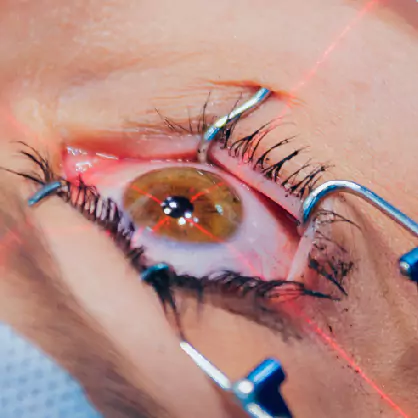
Correct Squint Eye
Learn about effective treatments for squint eye. Schedule a consultation with our trusted eye care professionals.

